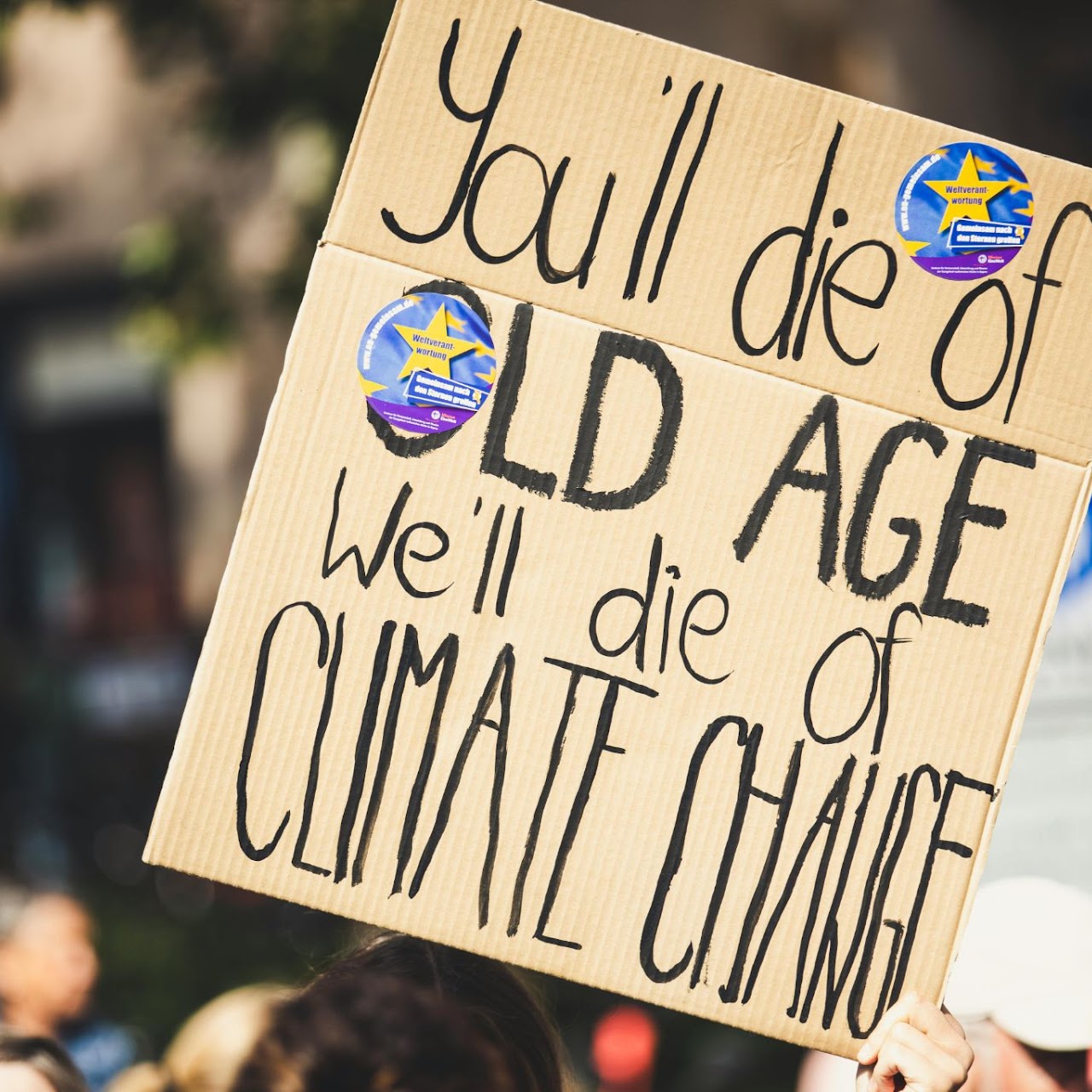The world’s poorest nations are suffering greatly due to the climate issue. Malnutrition, hunger, and food insecurity are all on the rise in Africa, and people are suffering. 1.2 billion people worldwide live in extreme poverty, which is exacerbated by climate change. A decrease in agricultural productivity, more extreme weather and natural disasters, an increase in water stress, hazards to infrastructure and ways of life, and health risks for people are all possible outcomes.
The story doesn’t just begin with the temperature rising. Changes in one place frequently have an impact on changes in all other areas because the Earth is a system in which everything is interconnected. The current list of effects of climate change includes:
Prolonged droughts, water shortages, serious fires, increased sea levels, polar ice melting due to flooding, devastating storms, and reduced agricultural output.
Both people and wild animals have a tougher time surviving as a result of climate change. Climate change can directly harm animals, destroy their habitats, and have a terrible effect on people’s lives and societies.
It can also cause storms, heat waves, rising sea levels, melting glaciers, and warmer oceans. These problems include droughts and other severe dangers, such as the development of diseases.
Background of the issue with respect to Rwanda.
The Eastern and Central Regions of Rwanda saw intermittent incidents of starvation between 2019 and 2021, including extreme cases in rare circumstances. The extreme drought that occurred between 2019 and 2021 was the cause of this event. It caused agricultural failures, which in turn caused famine, which brought about the deaths of animals and hunger among the population.
Some ways that planting trees can combat climate change include:
Carbon Sequestration: During photosynthesis, trees pull carbon dioxide (CO2) from the atmosphere and store it in their leaves, branches, and trunks. This procedure, known as carbon sequestration, aids in lowering the atmospheric concentration of CO2. A mature tree alone is thought to be capable of absorbing up to 48 pounds of CO2 annually.
Production of Oxygen: As a consequence of photosynthesis, trees release oxygen, which is necessary for both human and animal respiration. We can increase the amount of oxygen in the air and enhance air quality by planting more trees.
Biodiversity: A variety of animal species can find food and a home in trees, which contributes to the preservation of biodiversity. This is significant because ecosystems’ long-term existence, which is necessary for human survival, depends on biodiversity.
Trees help preserve soil by reducing soil erosion and enhancing soil quality. This is significant because agriculture and food production depend on fertile soils.
Climate Control: By offering shade, lowering wind gusts, and boosting humidity, trees can help to control regional climates. This may significantly alter regional weather patterns and lessen the effects of extreme weather occurrences.
Do you care deeply about preserving the environment? There are many like-minded people in our neighborhood who are as committed to environmental preservation as you are.
Joining us, We will provide you the opportunity to collaborate with people who share your interests and make a real difference through our many projects and programs. Let’s cooperate to make the world greener and cleaner.

